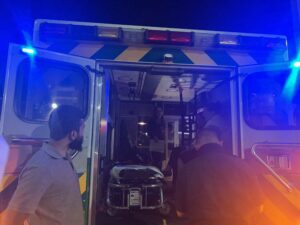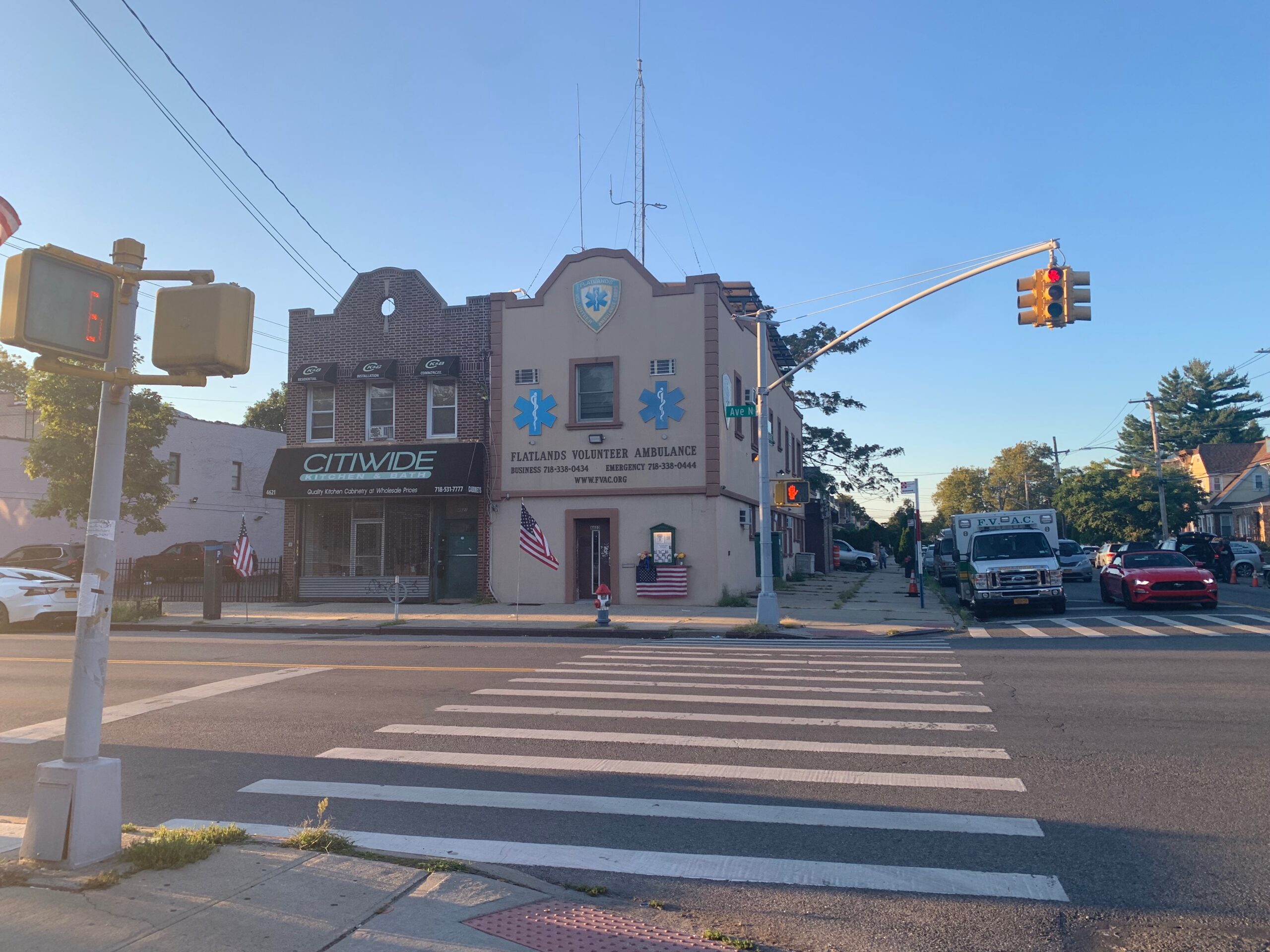The Flatlands Volunteer Ambulance and First Aid Corps (FVAC) has been helping the neighborhood for 47 years. Now, it’s looking for help itself.
The organization serves a large geographic area, including Bergen Beach, Flatlands, Futurama, Georgetown, Marine Park, Mill Basin and Mill Island. The area is home to just under 200,000 residents. FVAC serves this vast area with only two ambulances, a result of limited resources and not enough volunteers.
In addition to emergency medical response, their headquarters also house a certified training center, providing first-time EMT training, EMT refresher courses and CPR training. FVAC also participates in local health and school events.
New member orientations are held at their Avenue N headquarters, where priorities are laid out for attendees. Once community residents become official members, their objective should be to get out in the field, and use and enhance their skills.
Newcomers like those attending orientation are welcomed with open arms by the FVAC leadership, who are keenly aware of their staffing limitations. The FVAC currently has 45 active members, which is not enough to operate 24/7, as they once did. The organization only has enough volunteers to staff about nine shifts per week, resulting in only 32% of possible shifts being filled.
Members are only required to participate in one six-hour shift per month, at minimum, to help encourage continued participation. Maintaining membership and getting new people through the door are both key challenges for the organization.
Israel Itzkowitz, a paramedic and member of the FVAC, tries to volunteer at least once a week to serve the community. Itzkowitz described the specific benefit that volunteering provides compared to working in a commercial ambulance, which he does professionally.
“As a volunteer, I get to enjoy what I do and I kind of hone in on the craft of EMS,” said Itzkowitz.
Seven new recruits attended an orientation meeting last year. One recruit, Naomi Stulman, saw the gratifying nature of the work as a key draw.
“I think being able to take part in saving somebody’s life, hopefully, is as rewarding as it gets,” Stulman said.
FVAC is one of nine active volunteer ambulance services in Brooklyn. Only three other ambulance services in the borough provide advanced life support, in addition to basic life support. FVAC maintains their own emergency number for community members to call, and they are also dispatched by 911.
As a volunteer service, FVAC relies primarily on community donations to survive. Last year, they raised over $45,000. This amount only covers about one-fourth of their average operational costs, however. While they seek out grants from city council members, state assembly members and the state senate, accessing these funds has been a significant challenge.
Without new membership and increased funding, the survival of the Flatlands Volunteer Ambulance Corps is at stake and losing this community resource would put added strain onto the existing EMS system.
“If the volunteers go away,” Itzkowitz said, “EMS will have a massive increase of call volume that I don’t think the 911 system would be able to tolerate.”


